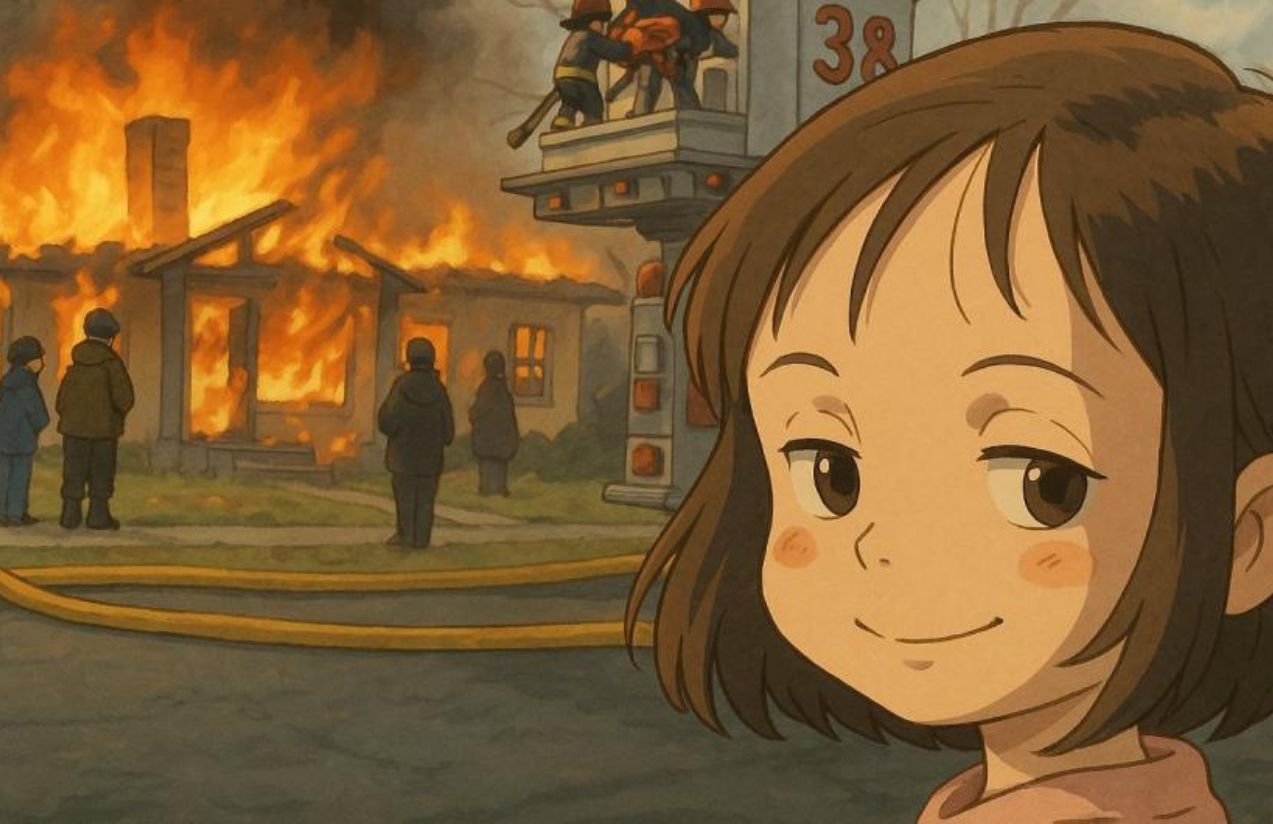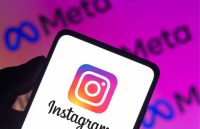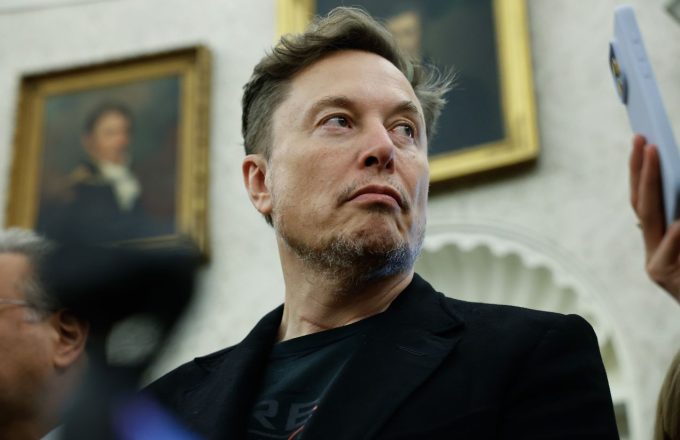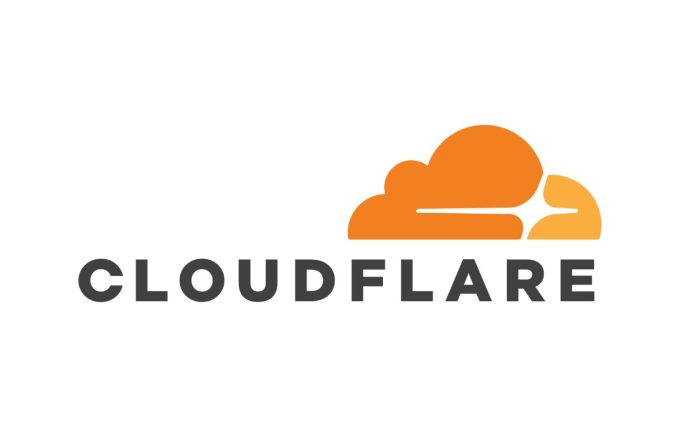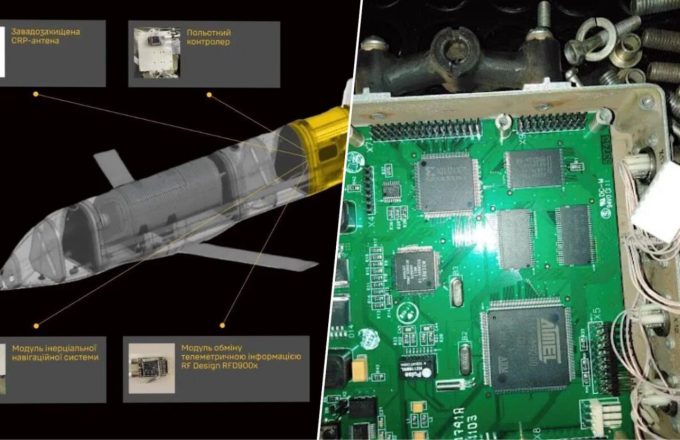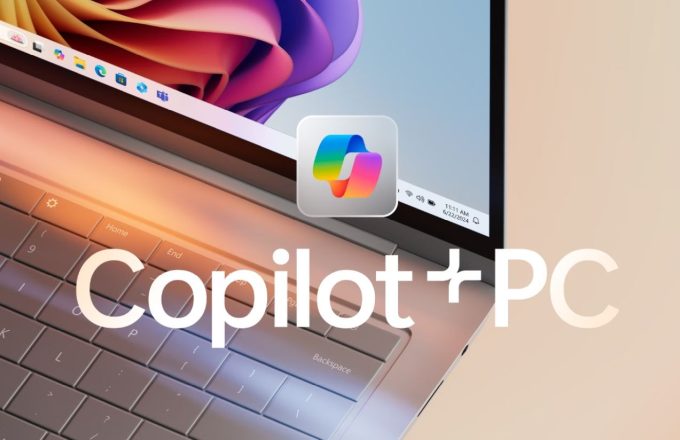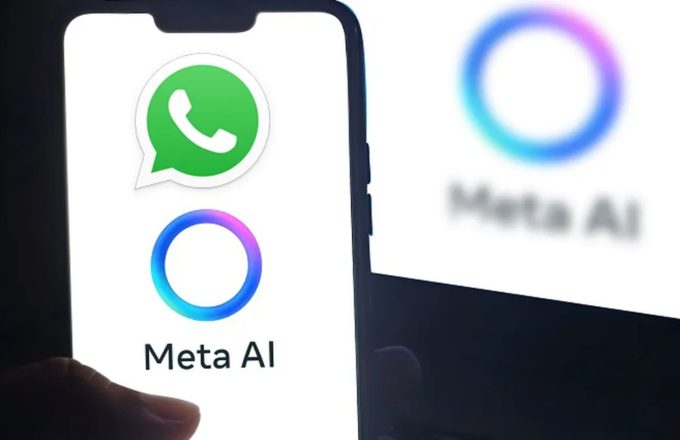AI-generated images mimicking the distinctive style of Studio Ghibli have gone viral across social media, prompting a notable response from OpenAI. The company appears to be taking a preventative measure to avoid potential legal issues: adding watermarks to its image generation model, ImageGen.
Digital Traces for Visual Creations
According to Bleeping Computer, researcher Tibor Blaho discovered references to this new functionality in the Android version of the ChatGPT app. This isn’t the first time OpenAI has considered such a system—previously, it proposed a similar approach to identify AI-generated texts.
Now, with its image generator rapidly gaining popularity, OpenAI seems to be preparing a watermarking system to help track the origin of the visual content created with its technology.
A Step Toward Industry Standardization
The initiative aligns with broader industry efforts to establish standardized watermarking for AI content. The C2PA standard—backed by companies including OpenAI—is gradually gaining traction as a viable solution to authenticate AI-generated media. The watermarking functionality found in the Android app suggests that it will be natively and automatically applied to every image created through the chatbot.
Watermarks for Free Users Only?
Sources close to OpenAI, cited by Bleeping Computer, indicate that watermarks may be limited to images generated by free-tier accounts. In contrast, ChatGPT Plus subscribers could have the option to save their images without watermarks—a model similar to that used by stock image platforms, where free versions include watermarks and payment is required to remove them.
Legal Safeguard at the Core
The ability to replicate such iconic artistic styles as Studio Ghibli’s has fueled the viral popularity of ImageGen, but it has also raised legal concerns regarding potential copyright violations. Watermarks would at least serve as a way to trace the image’s origin and possibly deter legal actions.
Fair Use, Copyright, and a Blurry Line
OpenAI acknowledges in its documentation that its AI can generate images resembling the aesthetics of certain artists. Like other companies in the space, it relies on the principle of “fair use” for both training data and image creation. However, the line between legitimate inspiration and copyright infringement is becoming increasingly blurred—along with the legal risks involved.


